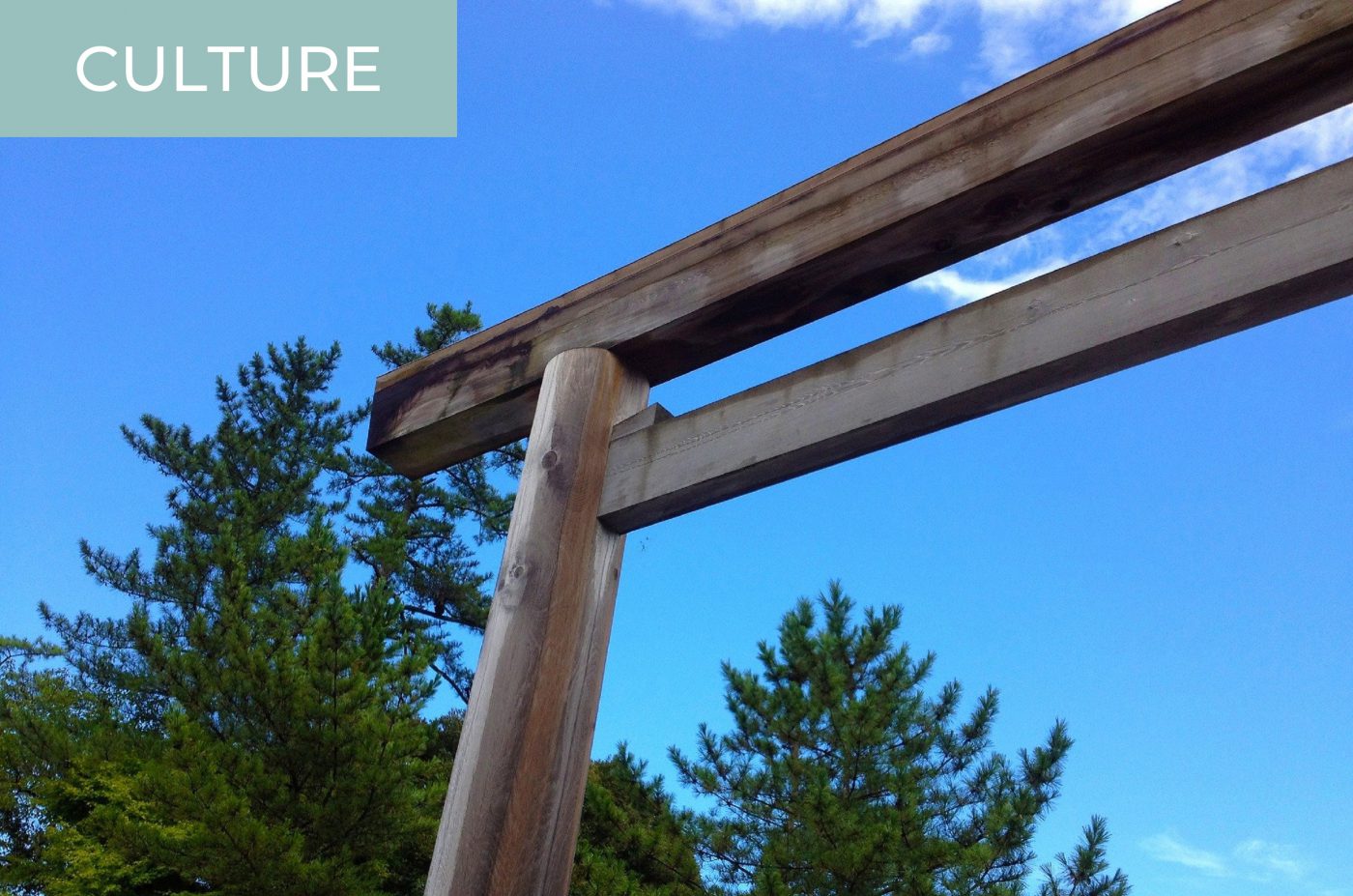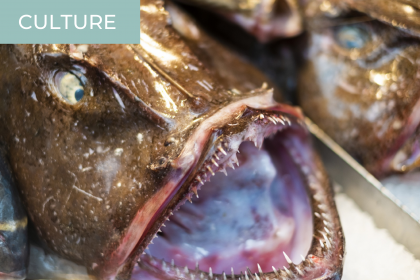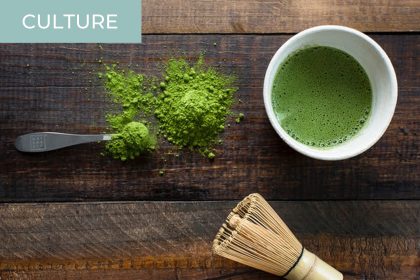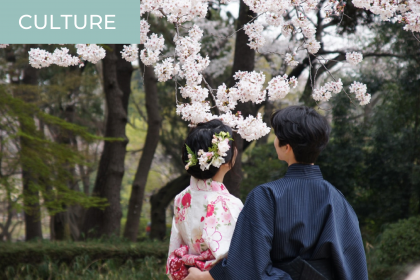The gods of the Ise Grand Shrine have been enshrined here for over 2,000 years, and this shrine is the holiest in Japan. It is one of the places Japanese people hope to visit at least once in their lifetime. It has a special and mystical atmosphere, with its 100-year-old cedar trees. Here are eight tips regarding the correct manners when visiting the shrine—many of them apply to other shrines in Japan, too.
1. The standard route to take when praying at the shrines
Ise Grand Shrine is formed of two major shrines: Naiku, where the sun goddess Amaterasu Omikami is enshrined, and Geku, where the goddess of food and agriculture Toyouke-no-Okami is enshrined.
If you are visiting the Ise Grand Shrine, you should visit both of its shrines, as visiting only one is considered bad manners. Make sure to plan enough time to visit both.
There is a proper route to take when praying at these shrines. People usually visit Geku first, and then Naiku. It takes about 15 minutes by car from Geku to Naiku, and you can also take a bus.
There is also another order to follow at each of the two shrines. When you visit Naiku, please start by praying at the main building called goshogu, where Amaterasu is enshrined, and then visit the other smaller shrines. When you visit Geku, please start at the goshogu where Toyouke-no-Okami is enshrined. The areas are very large. If you wish to visit all the other smaller shrines, then plan at least another hour to walk around.
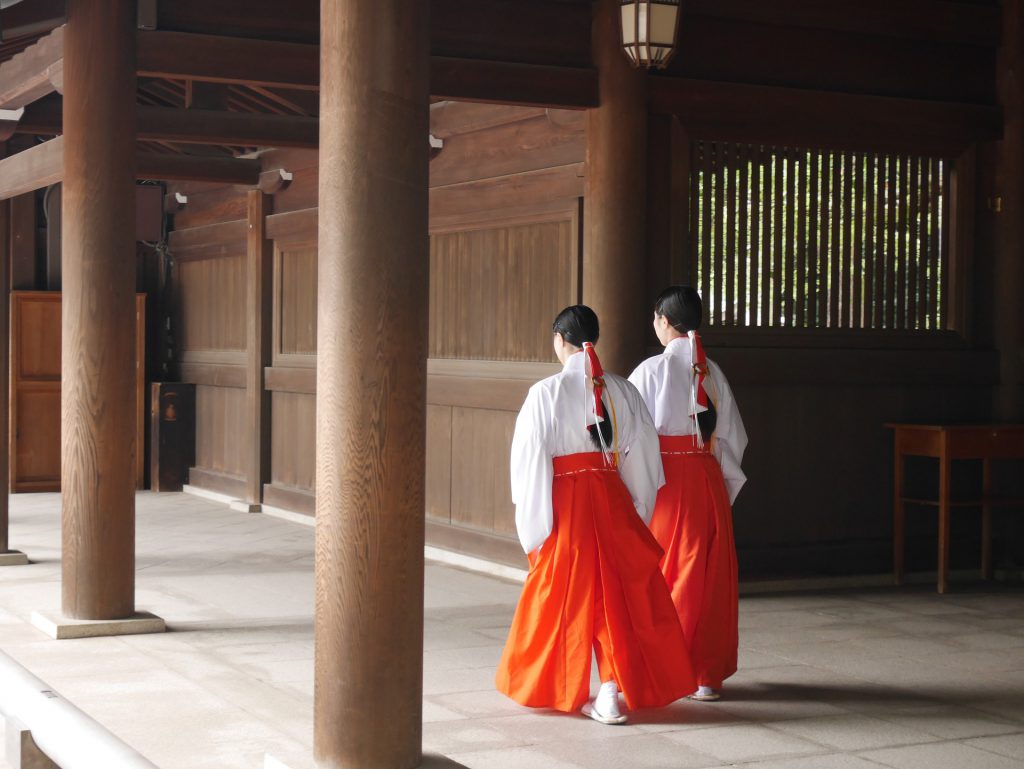
2. Wear modest clothing
You do not have to worry about wearing formal wear if you are just visiting but try not to show too much of your skin during your visit. It is not recommended visiting in short pants or tank tops, especially if you are there to pray.
3. Do not walk in the middle of the approach
To get to both shrines, you will have to cross a bridge. By passing over the bridges, you are entering holy precincts. When doing so, please keep to the left in Geku, and to the right in Naiku. This is because the position of the wash basin is located on the left and right in each shrine, and the pedestrian road is positioned accordingly.
As in other shrines in Japan, walking in the middle of the bridge or the path is not good, because it is where the gods pass. Please also refrain from eating, drinking, and chatting on these bridges.
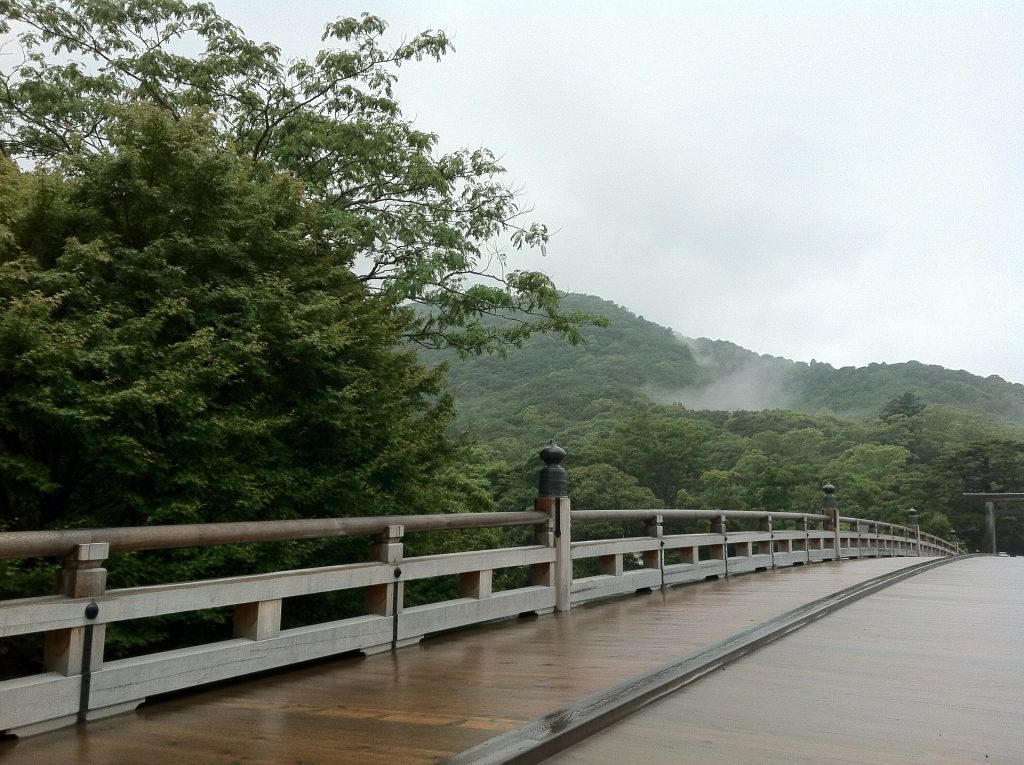
4. Bow once at the torii gate before passing
Passing under each of the torii gates is believed to make you become closer to the gods. As in other shrines in Japan, the correct manner is to bow once as a gesture of gratitude to the gods for allowing you to pray in the precincts. It is seen as much the same as greeting someone when you visit their home. If you are wearing a hat or cap, make sure to take it off when bowing.
5. Cleanse your mouth and hands
Here is the correct way to wash your hands and mouth at the wash basin:
・Hold the ladle in your right hand, pour a scoop of water on your left hand.
・Switch the ladle to your left hand, and pour water on your right hand.
・Switch the ladle back to your right hand, pour some water into your left hand, and use it to rinse your mouth. (Please be careful not to touch the ladle with your mouth directly.)
・Finally, return the ladle to its vertical position, and cleanse the handle by splashing water onto it.
・Turn the ladle down, and put it back in its original position.
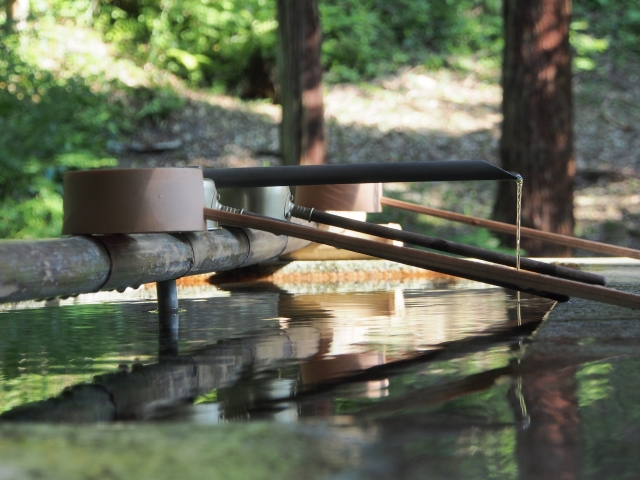
6. Do not make a wish at the goshogu
The goshogu, where the grand goddesses are enshrined, are places to express your gratitude, not to make a wish. When praying, just give your name, address, and greeting words to the goddesses.
You can make wishes at two smaller shrines: Takanomiya in Geku, and Aramatsurinomiya in Naiku.
7. How to pray
As in other shrines, before praying, bow twice and clap your hands twice. After praying, do not forget to give one more bow to show politeness.
8. Do not make a monetary offering
Contrary to other shrines in Japan, there are no boxes to offer money at the goshogu. Originally, nobody but the Emperor could visit and pray at Ise Grand Shrine, so offering money has long been prohibited.
You will see a white sheet on the ground, but it is not used for collecting money. People still offer money even though they are told not to, so this sheet prevents it from directly touching the sacred ground.
Hopefully, following these tips will enhance your visit to Ise Grand Shrine as you will be able to visit like the locals do!

